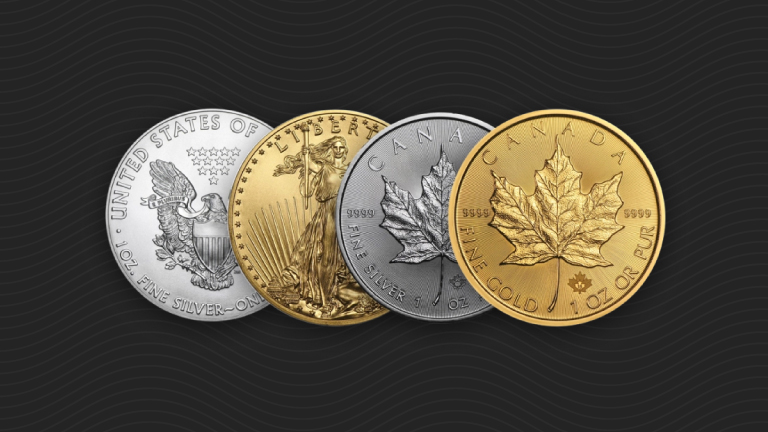Price Guarantees Are Almost Always Rip-Offs
There’s a marketing gimmick that is becoming more common in the gold dealer business – the “price guarantee.” It sounds like a great deal on its face, but there’s more to it than meets the eye.
Here’s what these dealers will offer:
You call to place an order for gold coins and lock in a price. Within a specified number of days, the spot price may change. If the price goes down, they will add more coins to your order to make up the difference. If the price of the gold coins goes up, they’ll let you buy more coins at the cheaper price.
This price guarantee is pitched as a way of protecting yourself from short-term fluctuations in the price of gold. Thus, doing business with these companies is supposed to be less risky and more transparent.
But here’s the catch – the price guarantee generally applies to only certain products offered by the gold dealer. You can bet that these are not going to be the common and recognizable gold coins most suitable for serious investors.
For example, look up the Canadian Maple Leaf, American Eagle, Vienna Philharmonic, Australian Kangaroo, and South African Krugerrand. Coins like these are minted in huge quantities by national governments, which also guarantee their purity. They enjoy wide international demand and generally lead the market with the lowest dealer markups. That means you’re paying as close to the spot price of gold as possible.
The spread between the price at which an honest dealer can buy and sell these bullion coins is so slim, there’s no way they could afford to guarantee price movements of more than a percent. That isn’t a very exciting offer, and it would require not offering the lowest possible price at the beginning.
And yet some companies offer guarantees on price movements as high as 8% or more. To risk price movements of that size, the dealer is likely to be hawking gold products that carry at least 20-40% premiums over the spot price.
And that’s exactly they’re doing – we’ve seen guaranteed bullion products with 29% markups! Price guarantees almost always involve “rare” or “collectible” coins sold at outrageous premiums. Pushy salesmen will claim that their “numismatic qualities” are supposed to make them more valuable than the actual gold content – but our readers know that’s bunk.
After all, you’re not investing in gold and silver as a hobby. You want gold as a form of savings that you can use in the future. And when you are ready to sell your gold, you want to be able to trade it in easily and quickly, without a lot of negotiations.
If you paid 29% over gold’s spot price for a coin, and the price of gold has only gone up 10%, you’re going to need to convince someone to pay you 19% over the current spot price of the metal to break even. This is far more than the price of more common bullion products, so why would anyone take that deal? What if the buyer doesn’t find the collectible nature of your coin appealing? You could end up selling at a loss and losing a lot more money than a “price guarantee” would ever have saved you.
That’s the rub: companies offering price guarantees are overcharging you to make up for it.
Ultimately, anyone who is concerned about the main argument for price guarantees – protection against short-term fluctuations in the price of gold – is misunderstanding the fundamental reason for holding gold in the first place.
Gold should be a long-term nest egg – savings that you only need to touch in emergencies, retirement, or which you pass down to your children. You shouldn’t be jumping in and out of gold investment on a short-term basis.
To ensure that you don’t buy in on a short-term market top, use the professional strategy of “dollar-cost averaging” – making smaller purchases over time.

